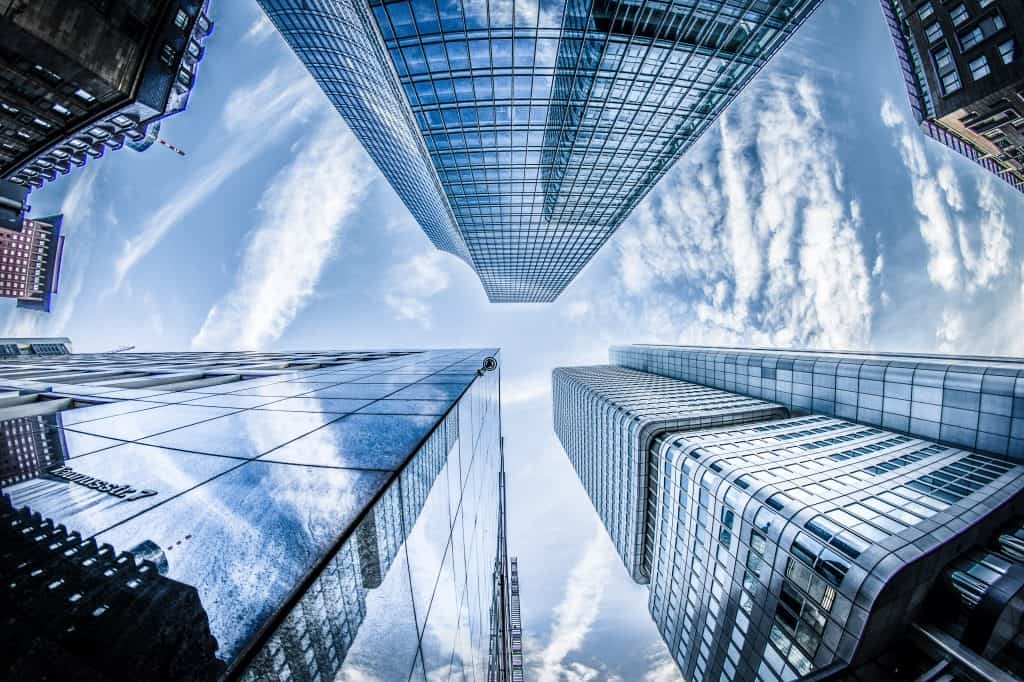With so many different lenses, which one is right for you? From standard lenses to telephoto lenses and everything in between, there is a large assortment – each has its specialty.
Wide-angle lenses are among the most interesting of the variety, as these lenses do something the human eye can’t- capture an entire scene in one go! However, wide-angle lenses have specific uses and don’t work for everything. Here is our guide to wide-angle lenses and when to use them!
What is a Wide Angle Lens?
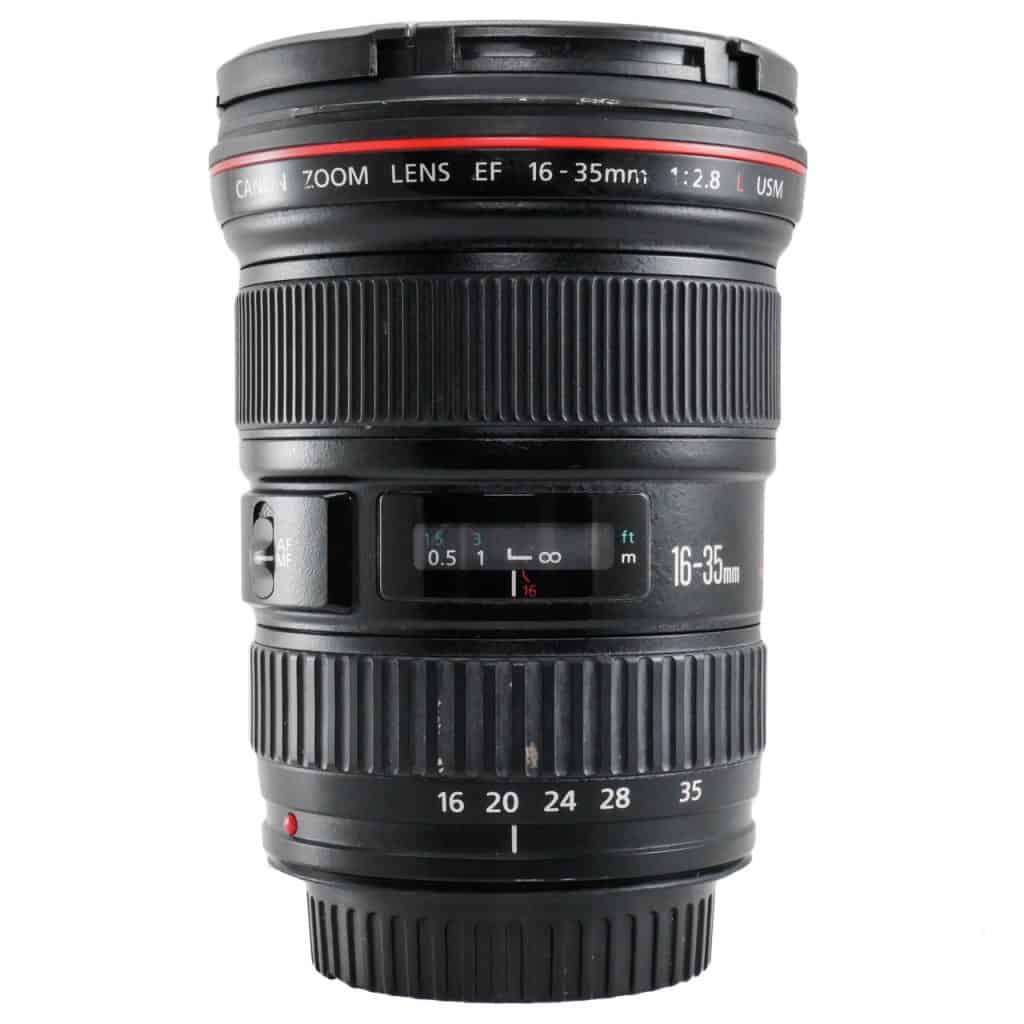
The name gives the lens away- a lens with a broader field of view than normal lenses. The angle of view is how much or how little you can see in your picture, and with wide-angle lenses, you see a lot of the frame (more than the human eye can naturally do).
Wide-angle lenses are divided into Wide Angle and Ultra Wide Angle.
Ultra wide-angle lenses require the glass to be curved to capture such a wide view and, as a result, can cause a fishbowl effect when photographing something too close to the glass. Some love this look and have come to make the fisheye lens popular! Ultra wide-angle lenses range in focal length from 10mm to 24mm.
Wide-angle lenses are not quite as wide as the ultra wides but are still quite wide. Why these lenses may be favored over ultras due to their reduced distortion- the glass isn’t as curved! Wide-angle lenses range in focal length from 24mm to 35mm.
The Advantages of a Wide-Angle Lens
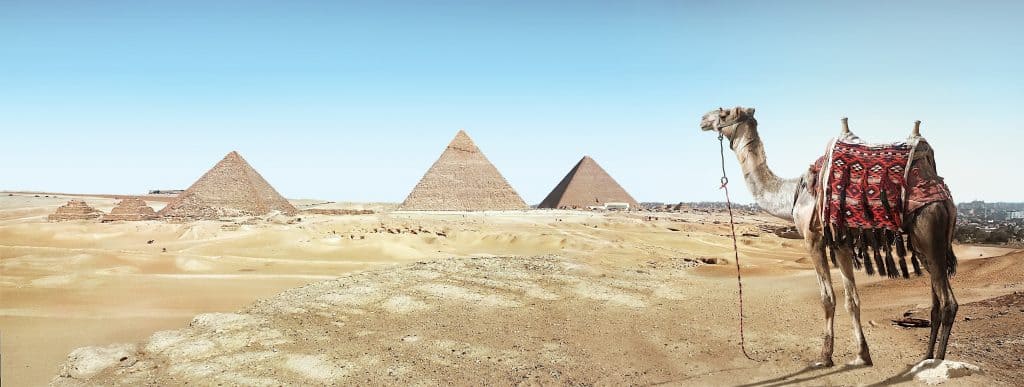
The primary advantage of a wide angle lens is its wide point of view. You can capture the full scope of what you see, even further than the human eye! This is fantastic for a variety of photo shoots.
Wide-angle lenses tend to be quite sharp from edge to edge, which means your subject will be equally sharp in the corner of the picture as it is in the middle.
Due to its specific build, wide-angle lenses also have a close focusing distance. This means that the subject can come very close to the glass and still be in focus! This is very useful when you want to take advantage of the curved glass or have limited space to work in.
The Disadvantages of a Wide-Angle Lens
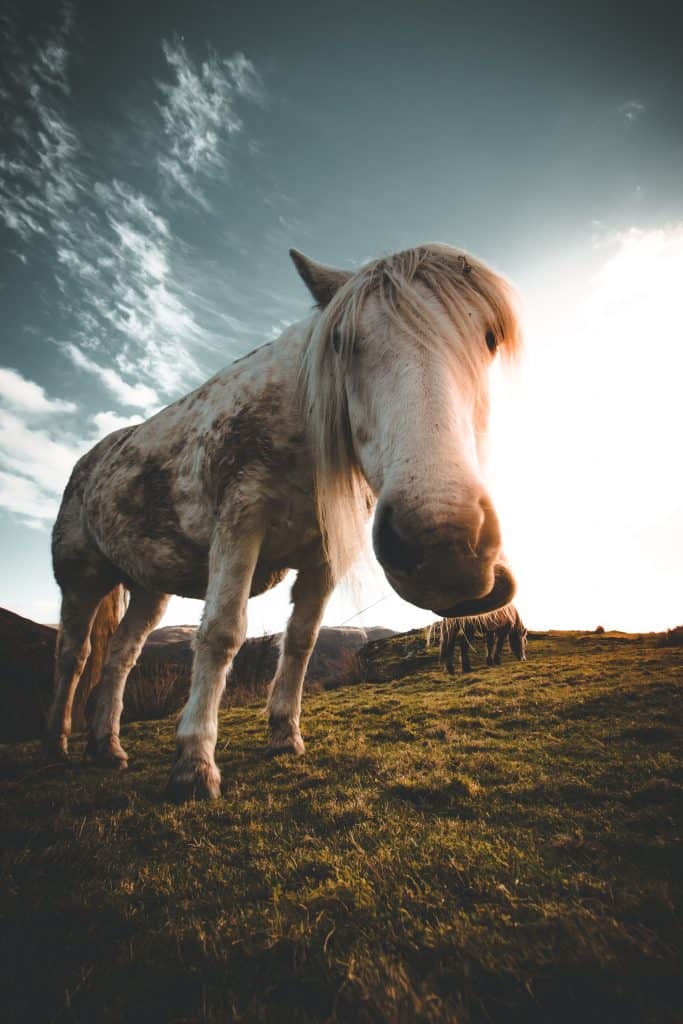
Due to the curved glass needed to achieve such a wide field of view, living subjects tend to be distorted when photographed with wide-angle lenses. This is especially true of subjects that are getting close to the lens itself. This can be used for a positive benefit, but for the most part, this is seen as a negative.
Another downside is finding a filter for the lens itself. Generally, you want to purchase a filter (a pane of glass that attaches to the front of the lens) to protect your lens. Filters absorb shock if your lens falls to the ground (and it’s always better to replace a $10 filter than a $1,000 lens!) and protect the permanent glass from dust, scratches, and other blemishes. Unfortunately, due to the extreme curve in many wide-angle lenses, finding a filter can be impossible or complicated.
When are Wide Angle Lenses Best Used?
Wide-angle lenses have specific uses, so adapting your wide angle to something outside its niche isn’t practical. But in these uses, wide-angle lenses excel!
Landscape
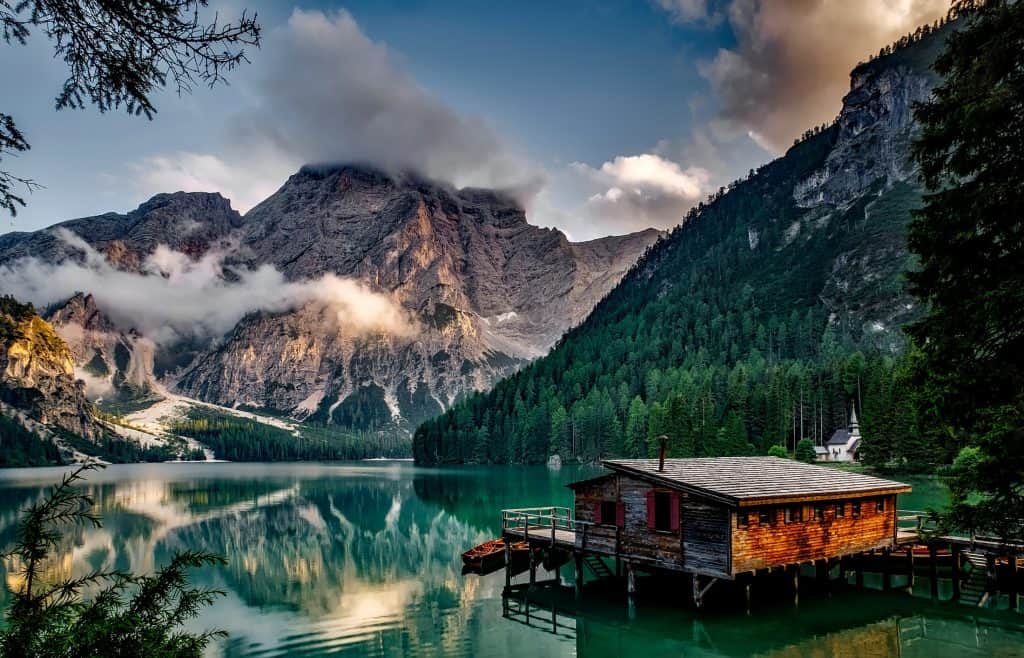
When considering a wide-angle lens and its use, most turn to landscape photography. This is the most widely recognized purpose of such a lens, as you can capture an almost panoramic scene in one click! Glass distortion doesn’t matter here.
Architecture
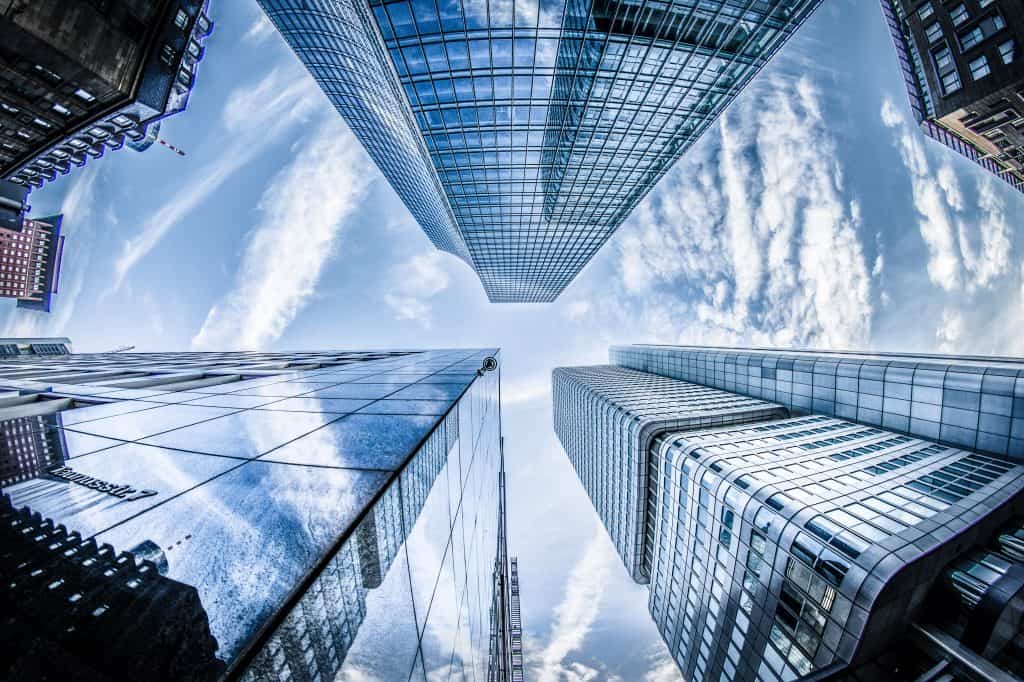
Much of the world’s most impressive architecture is quite grand in scale, and the only method of displaying its magnitude is to get the whole piece in the frame! This is where the wide-angle lenses excel.
However, architecture photographers do have to account for potential distortion due to the glass curve, so oftentimes, they will step a bit further back to capture architectural sights.
Real Estate
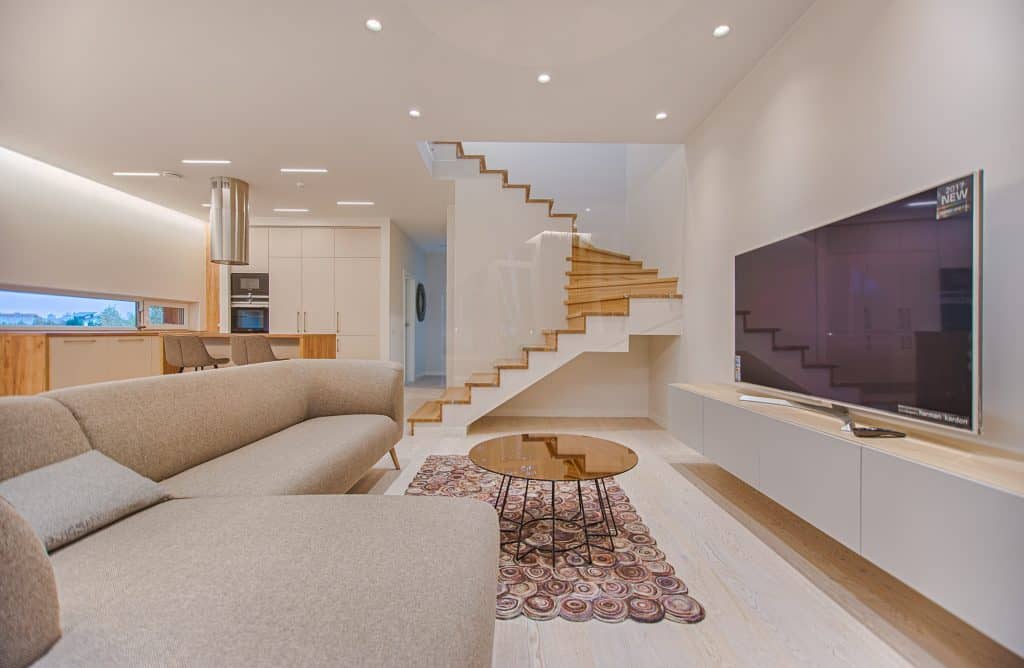
Right after landscapes comes real estate on the popularity poll for wide-angle lens use. Wide-angle lenses are able to capture an entire room in one frame, showing the gravity or sharp design of the space.
Wide angle lenses also make small rooms appear large! Though this is sometimes used for a nefarious reason, that is why wide angle lenses are widely chosen for this particular field.
Funky Images

As much as the distortion is cited as a negative, it can produce some amusing and cool images when done right. The key is for the subject to still have a flatter-style distortion.
For example, the Japanese brand ‘THE DOG and Friends’ became famous for photographing animals with bobblehead appearances, created with an ultra-wide angle lens.
A good use of funky wide-angle lenses with people is to have your subject lean into the camera lens and stretch their arms out towards the camera.
Large Gathering of Subjects
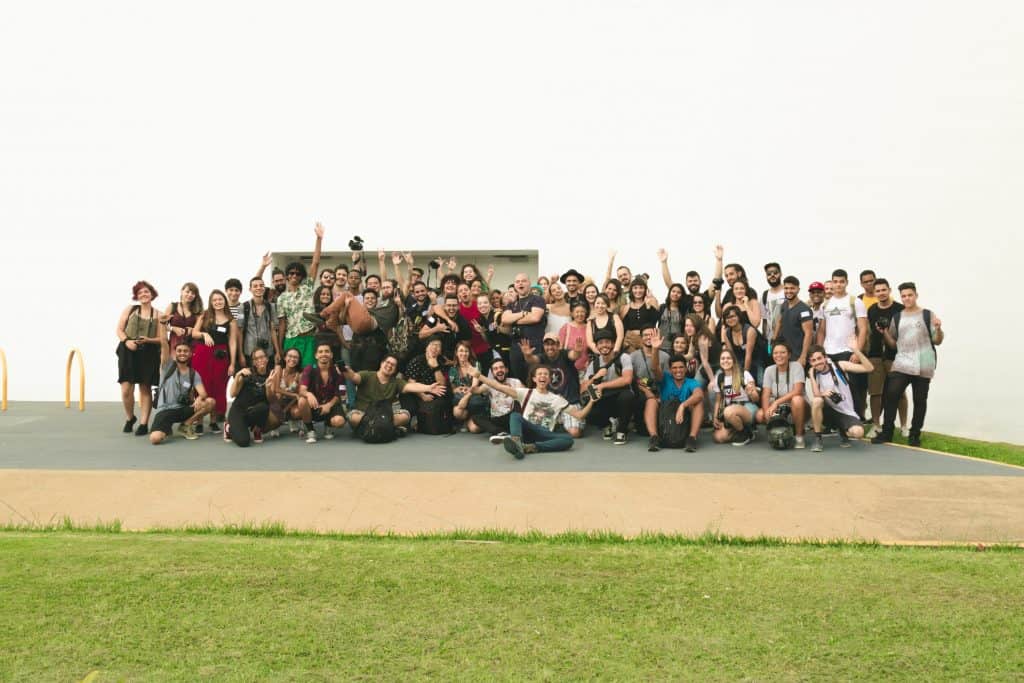
If you photograph families, a reunion shoot isn’t an unusual request. Some families have a lot of members in them, as many as 20 or more! A wide-angle lens is usually a good bet on ensuring everyone ends up in the frame and no one gets left out.
Although glass does distort, you can limit this by shooting further away from your subject.
Conclusion
In conclusion, it’s a good idea to have a wide-angle lens in your kit! But if finances are tight, it may not be worth investing in unless your photography falls into one of the niches mentioned earlier.
